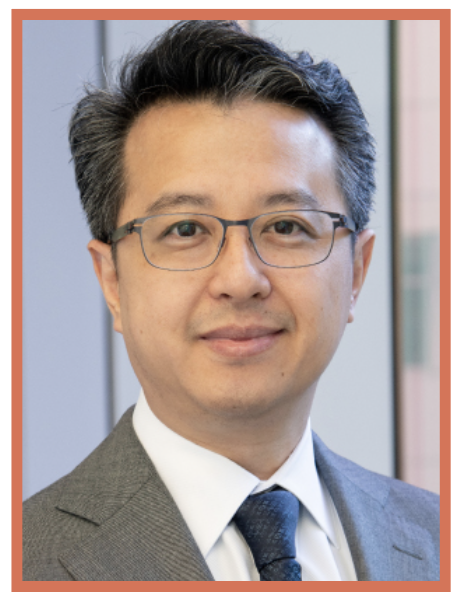| By Richard Mark Kirkner, Editor |
 |
| With Paul Yang, MD |
 |
ATSN-101 (Atsena Therapeutics), a subretinal gene therapy that targets biallelic mutations in the CUCY2D gene in Leber congenital amaurosis, was the subject of a recent six-month readout of a Phase I/II clinical trial.1 The trial so far has met its primary safety endpoint. It enrolled 15 patients, including three children. Three adult cohorts (n=3 each) received three ascending doses. Six additional patients received the highest dose of 1 x 1011 gene vectors/eye in the dose expansion-phase.
Here, Paul Yang, MD, an associate professor of ophthalmology at Oregon Health & Science University in Portland and a trial investigator, answers questions about ATSN-101.
Q: How would you describe the treatment in your own words?
A: This gene therapy uses an adeno-associated virus, which is the most common gene therapy strategy. AAV is a way of delivering a good copy of the gene to any tissue—in this case photoreceptors. The gene is encapsulated inside the AAV.
Q: How is the vector delivered?
A: A needle injects the vector into the potential space between the photoreceptor and the retinal pigment epithelium. The virus almost instantaneously transduces the tissues and delivers the gene into the cell. The gene product isn’t integrated into the host genome. Instead, it resides in the nucleus as a DNA strand, where it’s available for the host cell to use to transcribe and translate and hopefully start expressing the GUCY2D protein. Once it expresses those normal proteins, the photoreceptors start working more normally.
Q: Why is LCA1 a suitable target for this approach?
A: In LCA1, GUCY2D fails to encode a protein that helps to recycle cGMP, a crucial second messenger for the phototransduction cascade. Without cGMP, the photoreceptors can’t recover after being stimulated by light. Optical coherence tomography studies have shown the photoreceptor layer appears to be relatively intact throughout life in most of these patients and they have stable, albeit severe, vision loss. For gene therapy to be successful, the tissue needs to be intact, the photoreceptors need to be intact. Thus, LCA1 is a good fit for gene therapy.
Q: What more can you tell us about the design of the Phase I/II trial?
A: The first three cohorts that received ascending doses included three adults each with 20/200 vision or worse. Cohort 4 included adults with 20/80 vision or worse, and cohort 5 enrolled three children ages 6 to 18 with 20/80 vision or worse, all of whom received the highest dose.
Q: What’s been learned so far?
A: It’s almost a year since the last patients were treated. The treatment is relatively well-tolerated and the study met the safety endpoint so far. The change in best-corrected visual acuity from baseline was variable. The highest-dose cohorts trended toward being able to read smaller letters, but it wasn’t statistically significant.
In the high-dose cohorts, improvement in full-field stimulus (FST) test results were statistically significant starting at 28 days and sustained thereafter. And some patients showed improvement on a mobility test, although only four high-dose patients were tested. RS
Dr. Yang is an associate professor of ophthalmology at Oregon Health & Science University, Portland. OHSU receives support from Atsena for clinical trials, but Dr. Yang receives no direct honorarium from the company.
REFERENCE
1. Kay CN. Six-month safety and efficacy of ATSN-101 in patients with Leber congenital amaurosis caused by biallelic mutations in GUCY2D (LCA1). Paper presented at the Association for Research in Vision and Ophthalmology 2023; New Orleans, LA; April 24, 2023.



